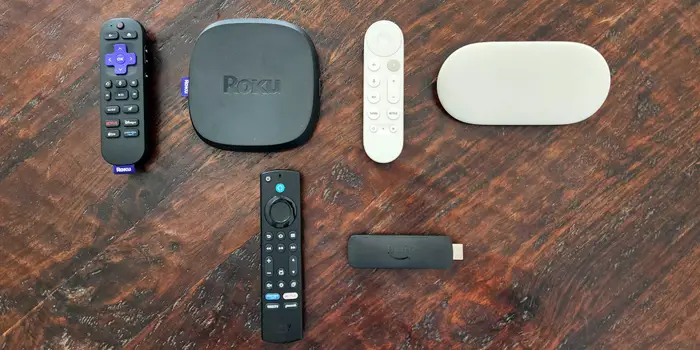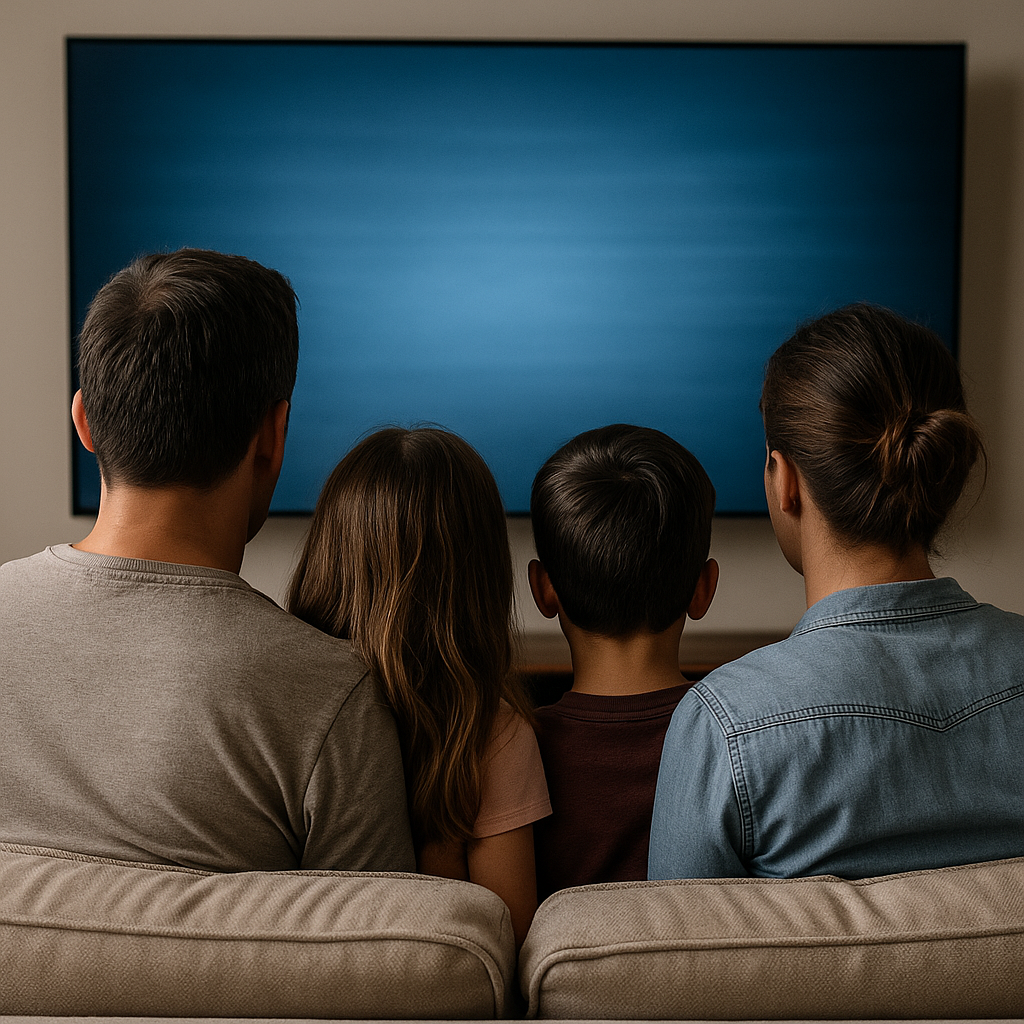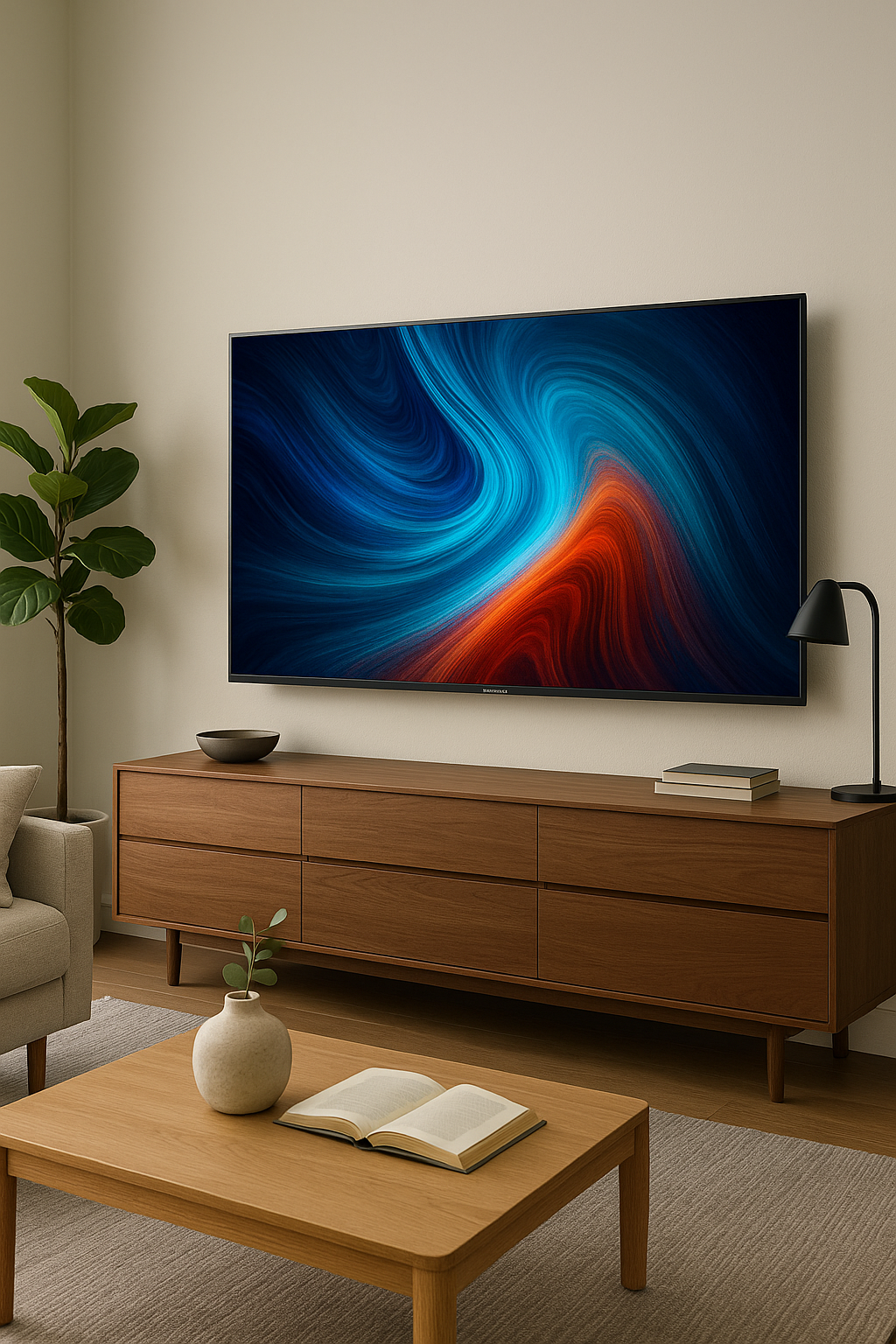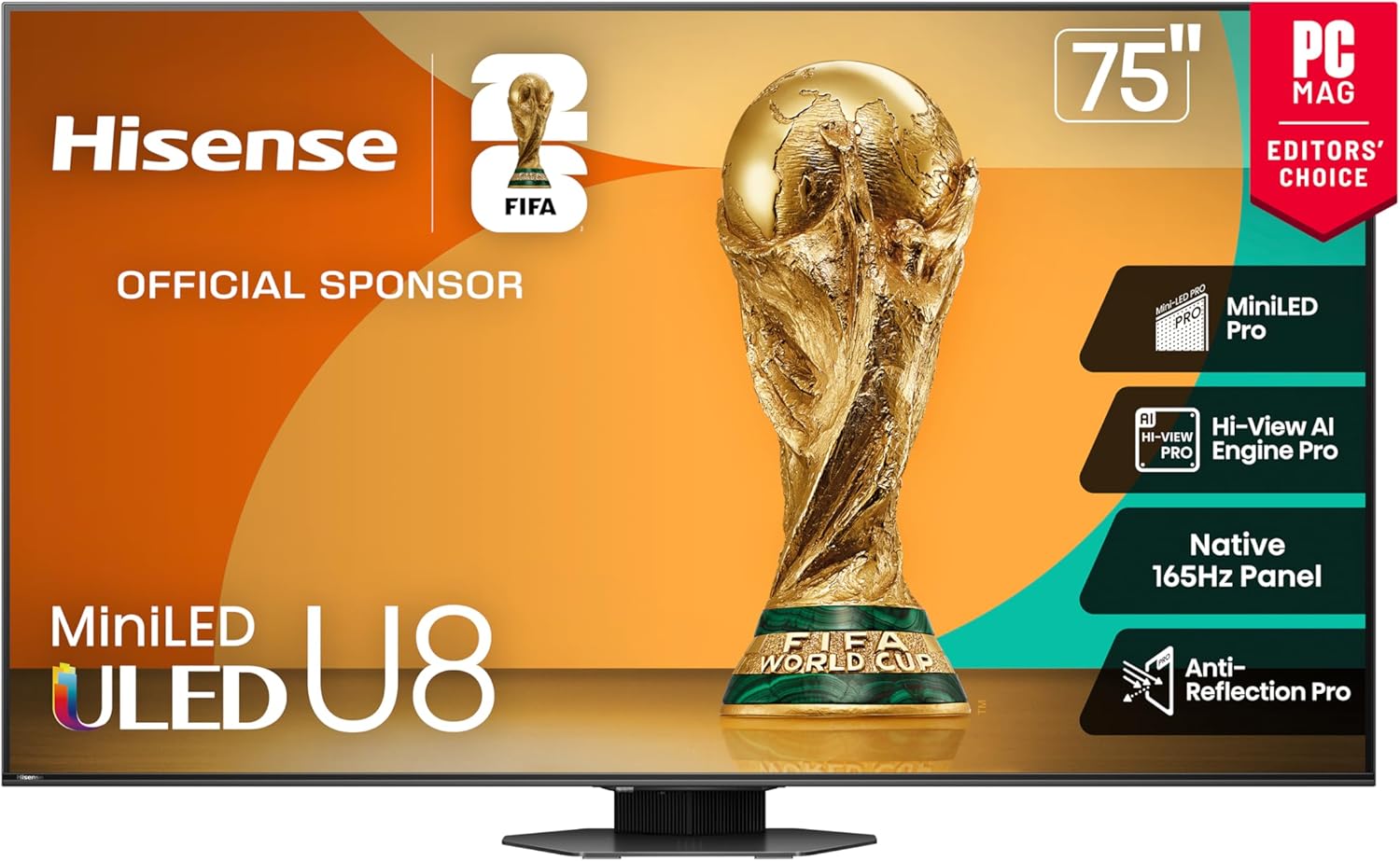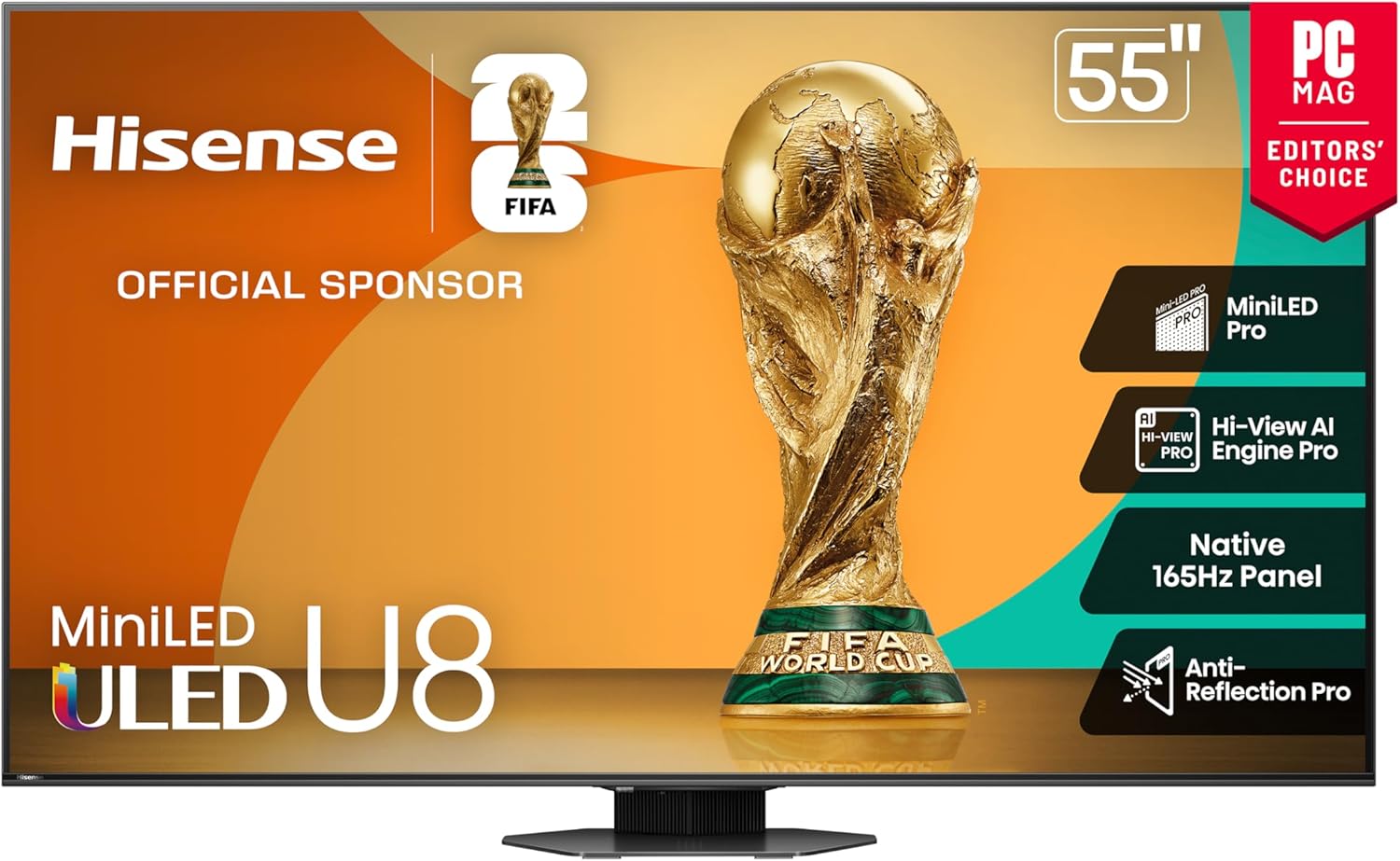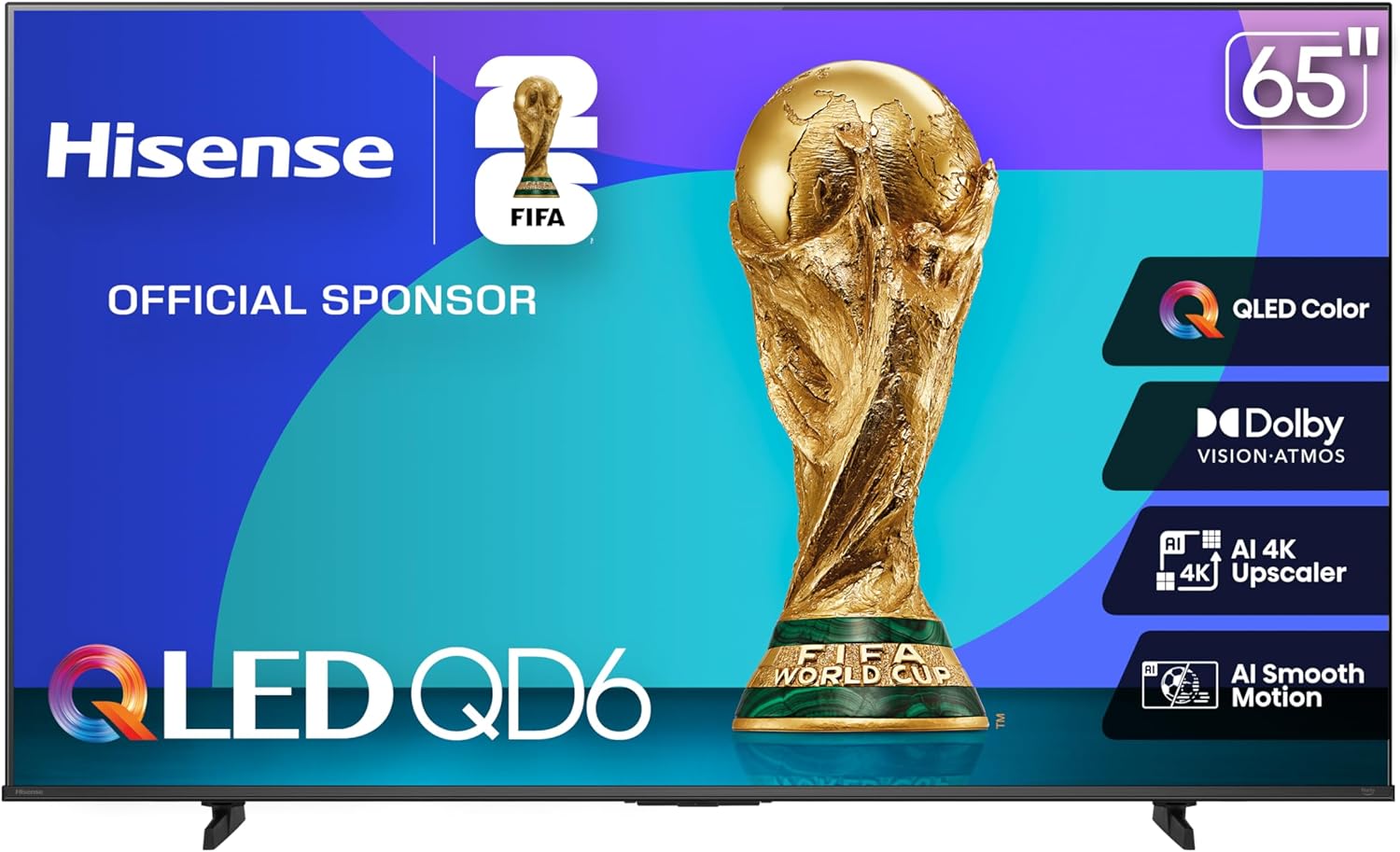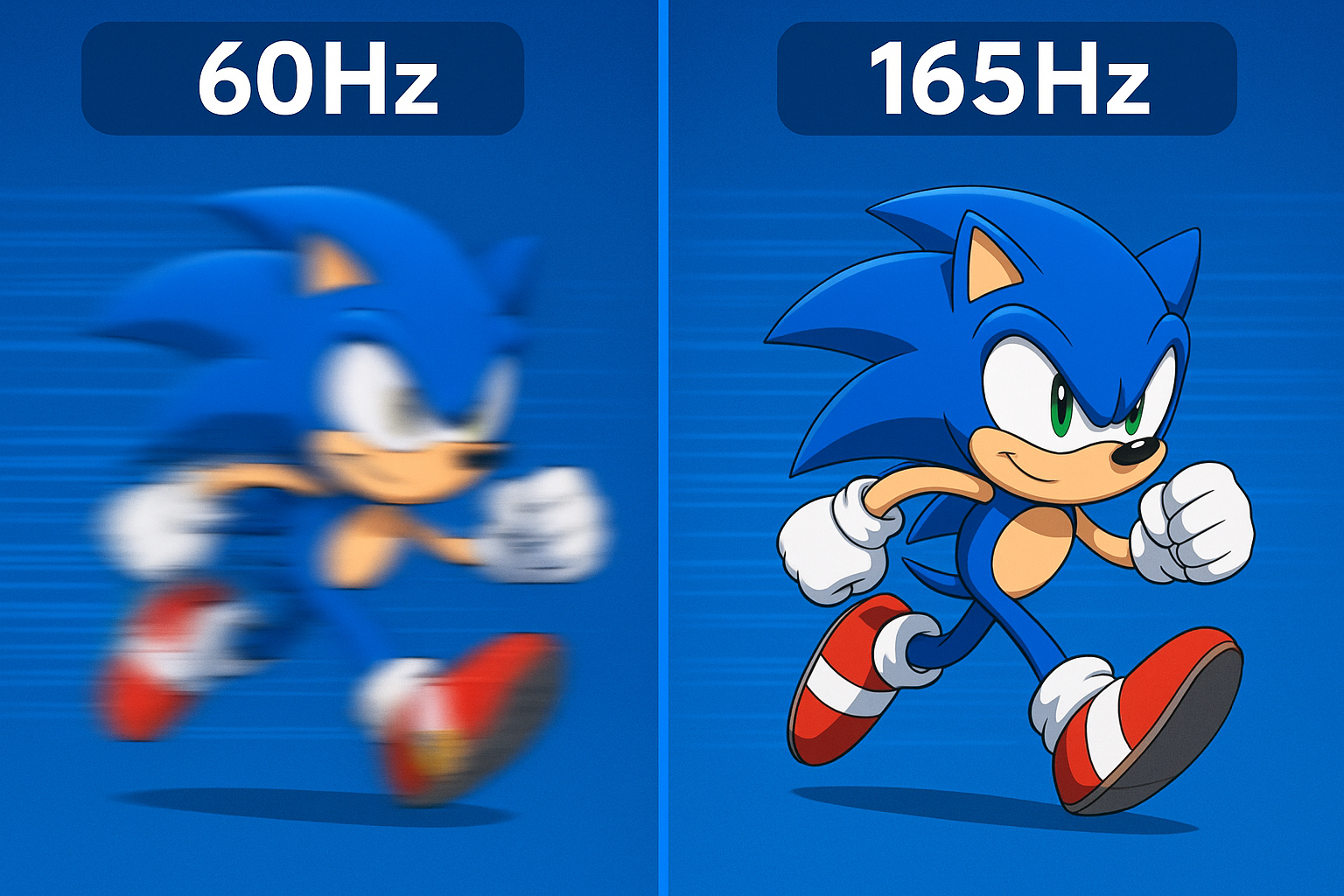The Budget TV Trap: What Cheap Televisions Don't Tell You (And Why Spending $200 More Changes Everything)
That $300 TV seems like a great deal until you realize what you're missing. We uncover the hidden costs of inexpensive televisions and reveal why spending slightly more can transform your viewing experience from frustrating to fantastic. Learn what features actually matter and which "bargains" will leave you disappointed.
See the Difference: Budget vs Mid-Range vs Premium
Compare how key features change across different price tiers. The differences might surprise you.
What You Get
- Basic 4K resolution with limited HDR
- 60Hz refresh rate, noticeable motion blur
- Simple edge-lit backlight, poor blacks
- Slower smart TV interface
- Plastic construction, basic remote
The $200 Upgrade That Changes Everything
- Basic HDR (often just HDR10)
- 60Hz refresh rate
- Edge-lit backlight
- Slower processor
- Limited app support
- True HDR with wider color
- 120Hz refresh rate
- Full array backlight
- Faster smart platform
- Better motion handling
- Mini-LED or OLED
- Advanced HDR formats
- Local dimming zones
- Premium build quality
- Gaming features
The Allure of the Budget TV: Why We're Drawn to Low Prices
There's something undeniably appealing about walking into a store and seeing a 65-inch 4K TV for under $400. The price seems too good to be true, and in many ways, it is. Manufacturers have become incredibly skilled at hitting aggressive price points while making the specifications sheet look impressive on the surface. The reality is that these budget televisions achieve their low prices through significant compromises that aren't always obvious until you get the TV home and set it up.
The biggest misconception about budget TVs is that "4K is 4K" - meaning that all 4K televisions should provide roughly the same picture quality. Nothing could be further from the truth. While they may share the same 3840x2160 resolution, the components that create that image - the backlighting system, the color filters, the image processor, and the panel quality itself - vary dramatically between a $300 TV and an $800 TV.
📺 The Resolution Myth
4K resolution alone doesn't guarantee a good picture. Many budget TVs have poor contrast, limited color reproduction, and inadequate brightness that make the extra pixels almost meaningless. A good 1080p TV from five years ago might actually provide a better viewing experience than a cheap 4K TV today because of superior processing and contrast performance.
Where Budget TVs Cut Corners (And Why It Matters)
The backlighting system is one of the most significant differentiators between budget and mid-range televisions. Budget models typically use edge-lit systems where LEDs are placed only along the edges of the panel. This creates several problems: uneven backlight distribution (often visible as brighter edges or dark corners), poor black levels because the entire screen can't dim selectively, and limited peak brightness that makes HDR content look dull.
Mid-range televisions typically move to full-array backlighting, where LEDs are distributed across the entire panel. Even more importantly, they often include local dimming zones that can brighten or darken specific areas of the screen independently. This technology dramatically improves contrast - the difference between the brightest whites and darkest blacks - which is arguably more important to perceived picture quality than resolution itself.
The $200 Upgrade: What You Actually Get
Moving from the $300-400 range to the $500-700 range represents one of the most significant value jumps in television pricing. For that additional investment, you're not just getting incremental improvements - you're getting fundamental changes to the display technology that transform the viewing experience.
The jump to 120Hz refresh rate is particularly transformative. While 60Hz panels can display 60 frames per second, 120Hz panels provide significantly smoother motion handling. This matters for three key reasons: sports content appears cleaner with less blur, movie content benefits from better motion interpolation (though this should be used judiciously), and gaming becomes dramatically better with support for higher frame rates and variable refresh rate technologies.
Perhaps the most underappreciated upgrade is the improved image processing. Mid-range televisions use significantly more powerful processors that provide better upscaling of HD content to 4K, more natural motion handling, and smarter local dimming algorithms. This means your regular HD cable or streaming content will look noticeably better, not just native 4K HDR material.
Smart TV Platforms: The Hidden Performance Killer
Many buyers focus exclusively on picture quality without considering the smart TV platform, but this can be a critical mistake. Budget televisions often use underpowered processors and limited RAM, resulting in slow, frustrating smart TV experiences. Menu navigation becomes laggy, apps take forever to load, and streaming services may crash or buffer unexpectedly.
📱 Smart TV Performance Comparison
The smart platform performance issue becomes more pronounced over time. As streaming services update their apps with more features and demanding interfaces, budget TV processors struggle to keep up. Many users find themselves needing to purchase external streaming devices like Roku or Apple TV within a year or two, effectively adding $50-150 to the true cost of their "bargain" television.
Mid-range televisions typically feature more robust smart platforms with faster processors, more memory, and better long-term support. Brands like LG's webOS, Samsung's Tizen, and Sony's Google TV implementation on mid-range models receive more consistent updates and maintain performance over the lifespan of the television.
Gaming on Budget TVs: The Input Lag Problem
For gamers, the differences between budget and mid-range televisions are even more pronounced. Budget models typically have high input lag (often 40-60ms), which creates a noticeable delay between controller input and on-screen action. This might not matter for casual gaming, but for competitive gaming or fast-paced action titles, it can make games feel unresponsive and difficult to play.
Budget TV Gaming
- Input lag: 40-60ms
- 60Hz refresh rate only
- No VRR support
- Basic HDR, often not game-optimized
- Limited gaming features
Mid-Range TV Gaming
- Input lag: 10-20ms (Game Mode)
- 120Hz refresh rate
- VRR (FreeSync/G-SYNC) support
- Proper HDR gaming
- Auto Low Latency Mode
Mid-range televisions address these gaming shortcomings with dedicated gaming features. They typically include a Game Mode that reduces input lag to 10-20ms, making games feel significantly more responsive. The 120Hz refresh rate allows for smoother gameplay at higher frame rates, while Variable Refresh Rate (VRR) technology eliminates screen tearing without adding input lag. For console gamers or PC gamers using their TV as a display, these features transform the gaming experience.
When a Budget TV Actually Makes Sense
Despite all these caveats, there are legitimate scenarios where a budget television is the right choice. The key is understanding the limitations and setting appropriate expectations.
- Limited viewing hours don't justify premium investment
- Basic streaming needs are sufficient
- Viewing angles and perfect blacks aren't critical
- Consider 50-55" models for best value
- Better picture quality enhances daily viewing
- Faster smart platform improves user experience
- Superior motion handling for sports
- Better built-in speakers reduce need for soundbar
- Gaming features provide tangible benefits
- Superior HDR creates cinematic experience
- Future-proofing for next-gen content
- Better construction for long-term reliability
The Long-Term Value Equation
When evaluating television purchases, it's important to consider long-term value rather than just upfront cost. A television is typically kept for 5-7 years, which means a $200 price difference spreads out to just $3-4 per month over the lifespan of the TV.
💰 Cost Per Viewing Hour Analysis
The slightly higher investment in a mid-range television pays dividends every time you watch. Better picture quality makes movies more immersive, sports more engaging, and gaming more responsive. The faster smart platform reduces daily frustration, and the better build quality often translates to longer reliability. Many budget TV owners find themselves wanting to upgrade sooner, effectively making the "cheap" TV more expensive in the long run.
The Smart Buyer's Strategy
Wait for sales on mid-range models: The price difference between budget and mid-range TVs shrinks significantly during major sales events. Black Friday, post-holiday sales, and new model releases are excellent times to find mid-range TVs at near-budget prices.
Consider previous year's models: TV technology evolves quickly, but the differences between last year's mid-range model and this year's are often minimal. Previous-year models can be found at significant discounts while still offering much better performance than current-year budget options.
Prioritize these features: If you must compromise, focus on getting full-array backlighting, 120Hz refresh rate, and a reputable smart platform. These three elements will provide the most noticeable improvement to your viewing experience.
The extra $200-300 invested in moving from budget to mid-range represents one of the best values in consumer electronics. It transforms your television from a basic display into a true entertainment centerpiece that you'll enjoy for years to come.




